The Sounds and Colors of the Pathless Woods
The Power of Picture Books
Did you like this article? Share it.
Animal Classification is the Conversation
With trick-or-treaters still categorizing Halloween candy, it is a good time to introduce students to Carl Linnaeus. He liked putting things into categories too – especially plants and animals. In the wonderful children’s book, The Right Word: Roget and his Thesaurus, Jen Bryant describes Carl Linnaeus as a man who “put the names of animals and plants in categories, and that made nature much easier to study.” His classification system has seven levels, and each animal on the planet can be classified within his system.
Read More...Did you like this article? Share it.
The Cucurbit Family's Colorful Characters
Cinderella, Fairytale, Lumina, Aladdin, Baby Bear, and Sugar Pie. When you read these names, perhaps you think of Disney or fairy tale characters. However, you might be surprised to learn that they are characters in the Cucurbit family, which includes cucumbers, zucchini, melons, gourds, squash, and pumpkins.
From the orange Jack-o’-Lantern to the ghostly white Lumina, pumpkins are autumn’s icons. While we often use them for decorations, they are also delicious to eat and filled with the important antioxidant, beta-carotene. No one knows this better than “America’s Pumpkin Queen” Sarah Frey. She has developed a new line of tasty pumpkins called “Pumpkins of the World.” She also grows a range of unique varieties with interesting shapes, sizes, and colors. (The beautiful pumpkin photos are courtesy of her business, Frey Farms).
Did you like this article? Share it.
The Captivating Power of Comics
My friends’ creative, college-aged sons are comic connoisseurs. My visits with them always include engaging stories of diverse superheroes and the writers/artists that create them.
Two years ago, they were thrilled to meet MacArthur “genius grant fellow” and comic/graphic novelist Gene Luen Yang at the National Book Festival. His novel, American Born Chinese was the first graphic novel to be nominated for a National Book Award and the first to win the American Library Association’s Printz Award. Yang believes “both graphic novels and comics can be used effectively as educational tools in the classroom.”
Comic books can be used as educational tools to support literacy and language skills and to motivate reluctant readers. Organizations such as Reading With Pictures “get comics into schools and schools into comics” by providing educational resources for teachers and parents.
The Library of Congress believes comics support literacy by:
- increasing readers’ confidence.
- providing complex stories that are accessible to older learners.
- increasing reader comprehension and vocabulary.
Above all, comics remind us how we are all ordinary superheroes sharing our gifts and talents with the world. As Batman once said, “You only have your thoughts and dreams ahead of you. You are someone. You mean something.” BAM!
Did you like this article? Share it.
A Young Giver of Kindness
A small act of kindness can brighten someone’s day. Simple gestures such as a smile or lending a helping hand can be transformative. There is also evidence that giving or receiving kindness is healthy for us. Treating others with kindness yields positive feelings, which can lift our moods and increase resilience and resourcefulness. These healthy benefits also apply to children.
One book that exemplifies these positive feelings is the beautiful picture book, Sidewalk Flowers. In this wordless book, a young girl is a giver of kindness for its own reward. While walking in the city with her distracted father, she collects sidewalk wildflowers. “Each flower becomes a gift, and whether the gift is noticed or ignored, both giver and recipient are transformed by their encounter.” The girl’s sense of wonder reminds us how beauty is all around as long as we take time to look for it. The illustrations encourage storytelling and offer young readers the opportunity to share how their acts of kindness can make the world a better place.
Conceived by poet JonArno Lawson and illustrated by Sydney Smith, Sidewalk Flowers “is an ode to the importance of small things, small people and small gestures.”
Did you like this article? Share it.
Building an Independent Project
All children have interests or hobbies. Whether it’s a favorite sports team or a passion for photography, individual interests are excellent opportunities for personalized learning. Not only does independent study allow students to learn more about topics, it also teaches them how to problem solve and present knowledge in creative ways.
Read More...Did you like this article? Share it.
Create a Whimsical Fairy House
If you and your children love the outdoors, walks in the woods, and playing make-believe, then you must create your own whimsical fairy house. These small dwellings are filled with wonder, fun, and creativity. Best of all, they can be made from things found in nature. There is no need to purchase store bought materials. Simply gather leaves, grass, acorns, rocks, shells, petals, pine cones, bark, sticks, etc.
Build a dream house for any tiny creature, it doesn’t have to be a fairy. How about a little friends of nature headquarters, a cricket condo, or a ladybug lodge? Create the floor with leaves or pebbles. Use small twigs or pine cones for walls and bark for the roof. The possibilities are endless.
The following houses were made at Mackworth Island, Maine. The island trail offers beautiful views of Casco Bay and plenty of pine cones, tassels, driftwood, shells, and seaweed for fairy house inspiration.
At Mackworth Island you, “. . . may build houses small and hidden for the fairies, but please do not use living or artificial materials. The best materials are found in the landscape of the village itself, but if you chose to bring in natural materials, please return with those that you didn’t use. . . This helps keep the fairies coming back.”
Did you like this article? Share it.
Thinking About My Favorite Things
Many of my favorite things are priceless, yet they are worth little money. I value them for sentimental reasons. Some played important roles in my life, like my first stuffed animal. Others are associated with beloved family members, like my mother’s handmade baskets or family photos.
Read More...Did you like this article? Share it.
Finding Books to Read with Your Children
As a child, I never needed incentives to read. Reading made me happy and also helped me relax. I reread favorites until they were well worn. Recently, I parted with some childhood books that I had saved. Many were presents from family and friends, so the emotional task took a long time to complete. When they were all packed for the last time, I consoled myself by visiting the library.
If you’re looking for ways to encourage children to read, I suggest that you read too. Visit the library, talk about books, ask questions, and let them see you reading for pleasure. To find recommended books, there are many excellent resources. Peruse the Association for Library Service to Children (ALSC) Notable Book Lists which feature the best children’s books published for all age levels (birth through age 14). Also, individual states have reading programs for their students. In Maryland, it’s the Black-Eyed Susan Award. Each year, a committee of librarians selects books, and children vote for their favorites. Last year 70,000 students participated and selected the following winners.
Did you like this article? Share it.

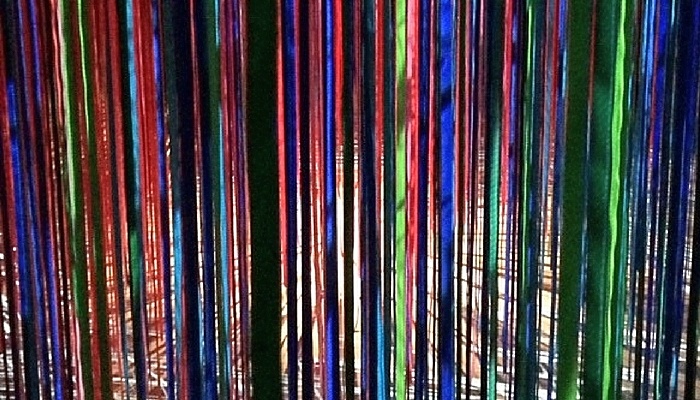
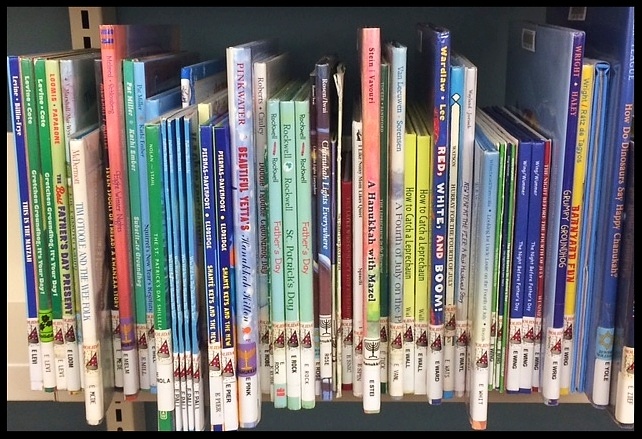
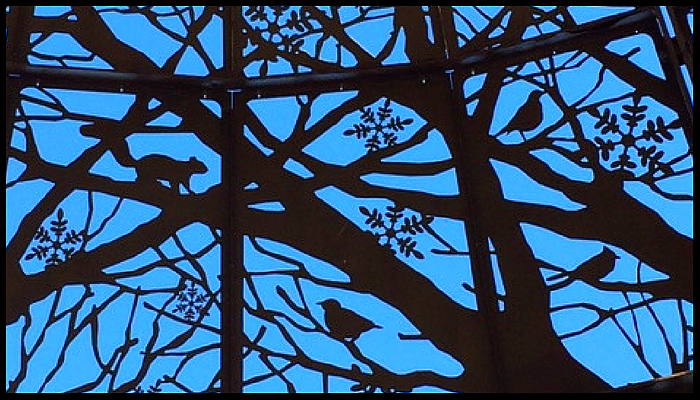
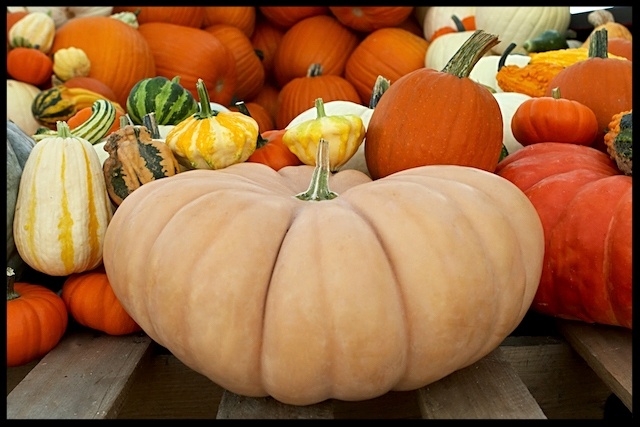
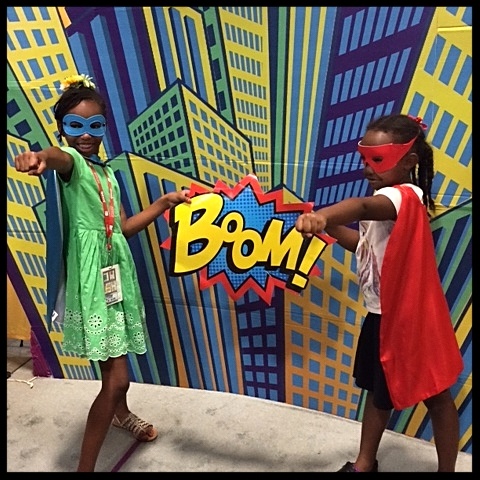
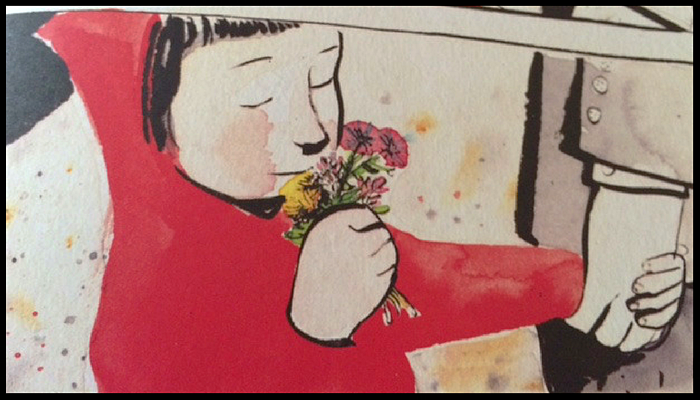

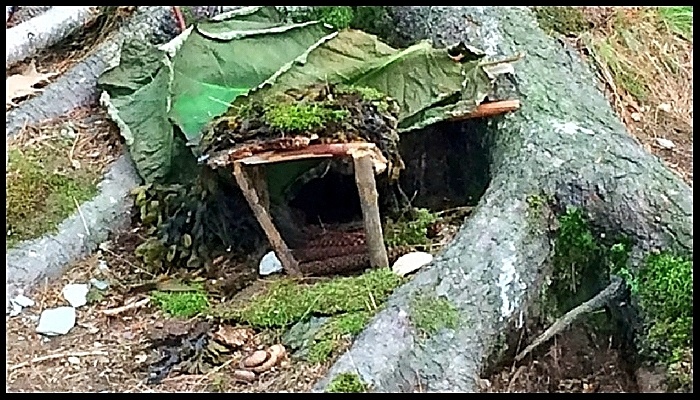
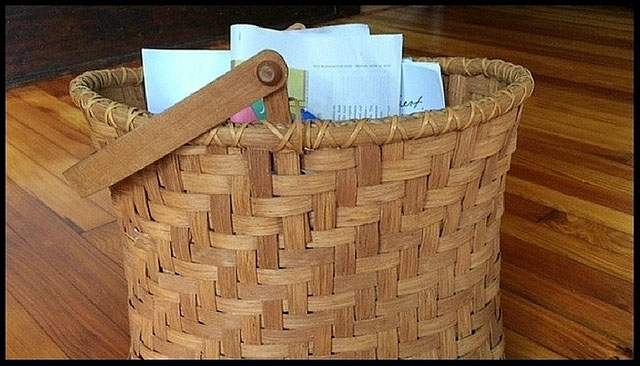

.png?width=107&name=image%20(1).png)
.png?width=59&name=image%20(2).png)
.png?width=59&name=image%20(3).png)